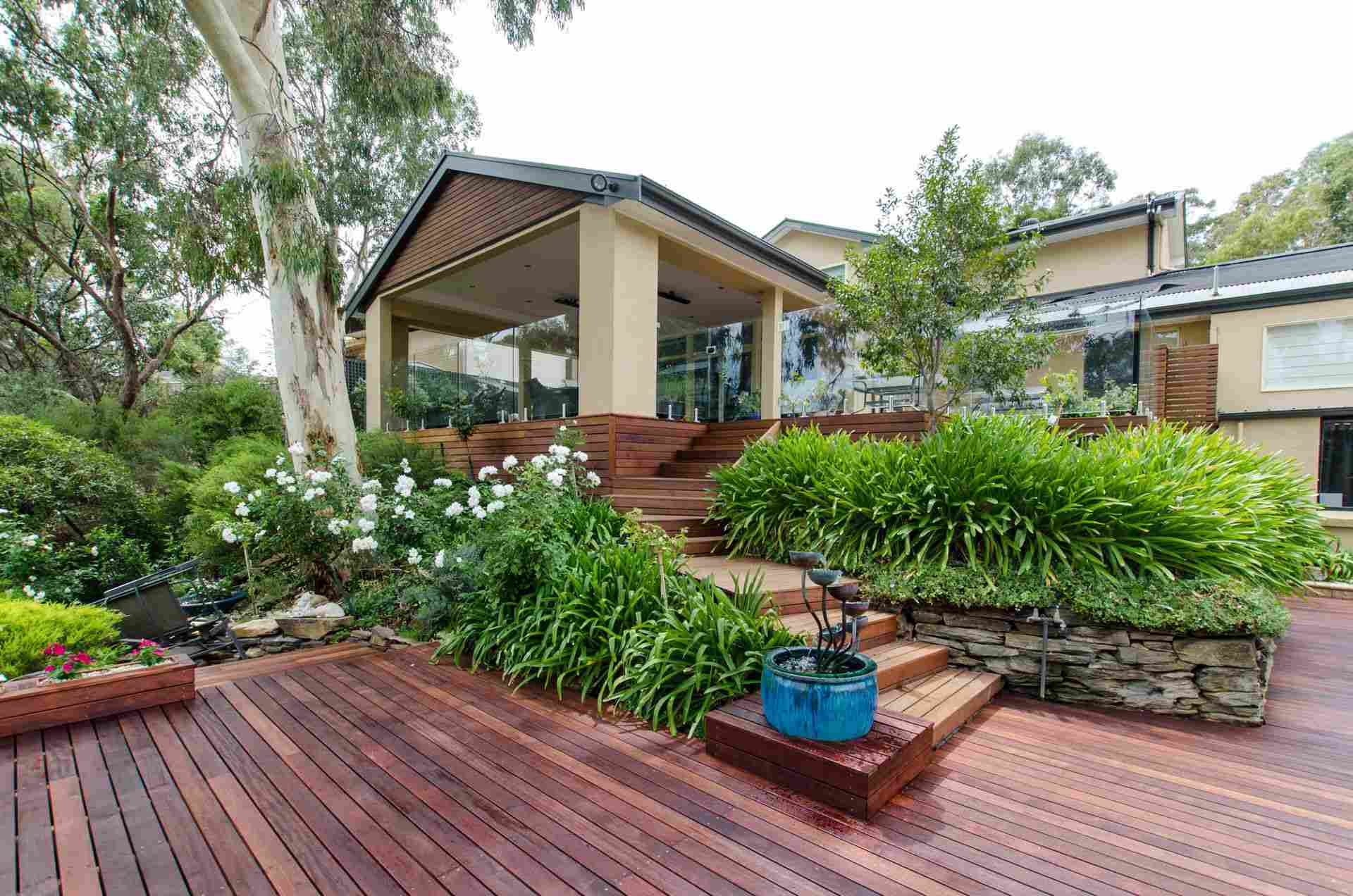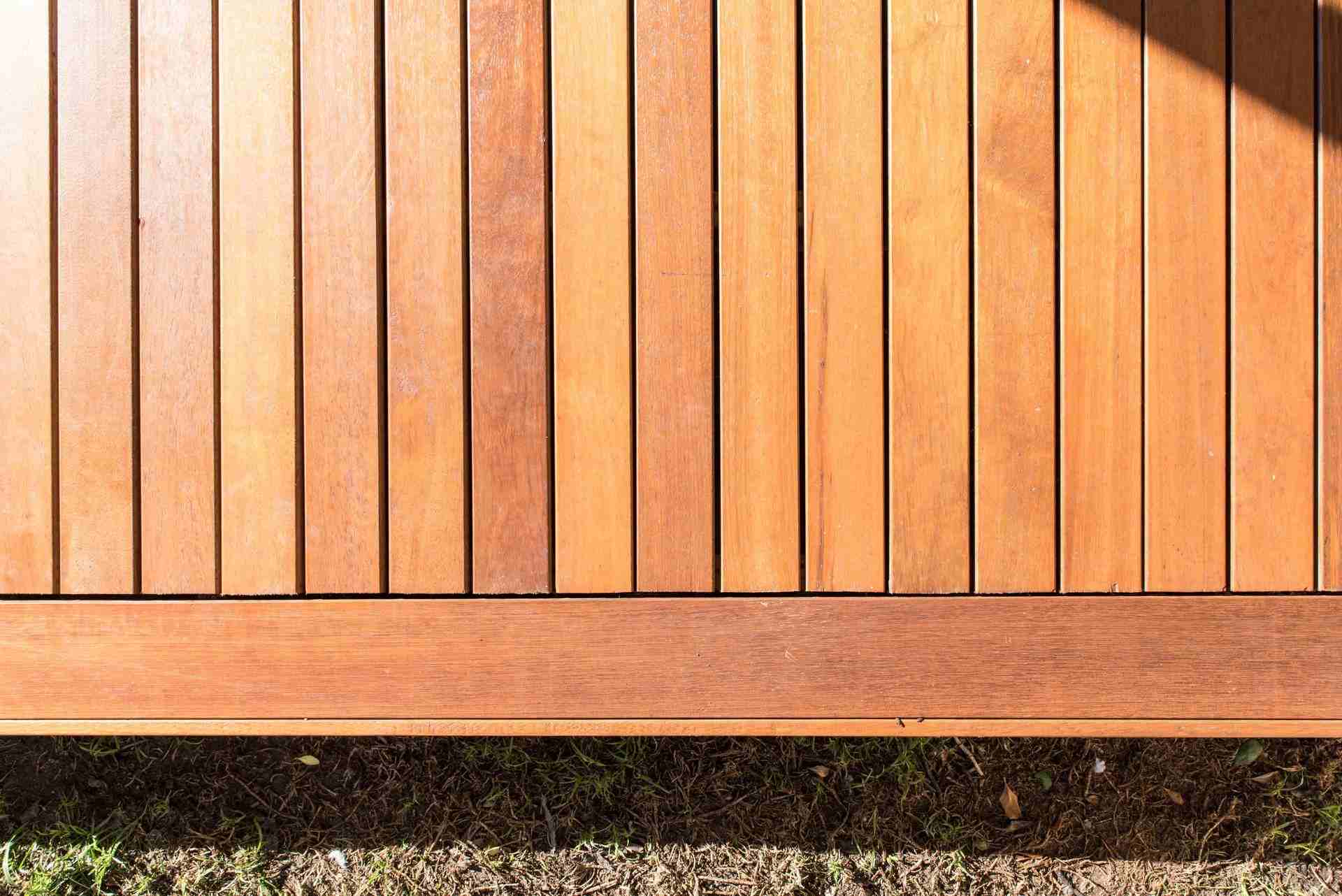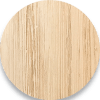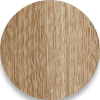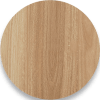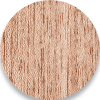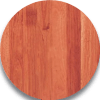In order to provide cost-effective solutions four our customers, we carefully analyse all relevant variables within the scope of engineering requirements to select the most appropriate timbers. Our priority is to use ethically sourced and sustainable decking materials that are certified.
For Softwoods decks, we typically use treated pine for the substructure. Our preferred choice is H3 kiln dried treated pine, which offers minimal movement, resistance to rot and insect attacks and is also budget friendly. We ensure durability by encasing posts in concrete or using hot-dipped galvanized steel post shoes/stirrups, along with galvanized bolts to prevent rusting. Bearers are bolted to posts and joists are secured to bearers using trip-l-grip or uni-tie brackets and galvanized nails. These techniques have been developed over time to ensure the longevity of every Softwoods deck.



